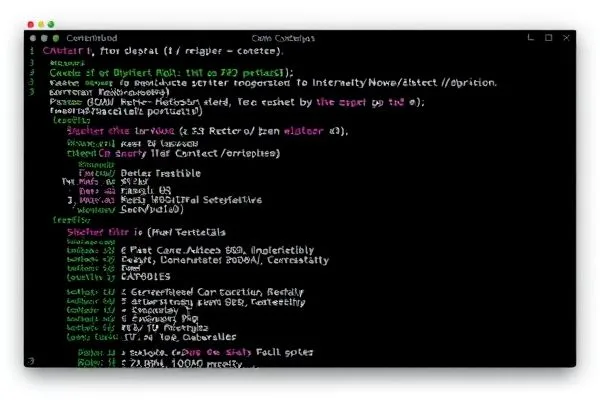Introduction
The intricate web of cybersecurity has placed unprecedented emphasis on effective business continuity and disaster recovery (BCDR) strategies. As organizations navigate complexities like hybrid work environments and cloud adoption, it is essential to understand current BCDR trends and the challenges that lie ahead. This post delves into the findings of the State of Backup and Recovery Report 2025, highlighting critical insights for IT professionals.
Key Takeaways
- Data protection strategies are increasingly becoming insufficient as businesses face growing complexities.
- Challenges in backup management and recovery testing lead to significant vulnerabilities.
- A modernized BCDR approach must integrate multilayered security and regular testing to mitigate risks.
The Backup Paradox
Data backup functions as a critical safety net for organizations; however, an alarming trend indicates growing inefficiencies within backup systems. The report reveals key concerns:
- 90% of organizations faced operational downtime in the past year, underscoring the essential need for effective backup solutions.
- Only 40% of IT teams possess confidence in their backup systems; approximately 30% express concerns regarding the adequacy of their strategies, pointing to a pervasive lack of trust.
- The increased burden on IT professionals is evident as they now spend over 10 hours weekly managing backup systems—an unsustainable strain on resources.
The lack of rigorous security measures is also concerning. About 25% of workloads have no policies to limit unauthorized access, presenting exploitable vulnerabilities. This reality raises questions about the fundamental reliability expected from backup solutions.
The Recovery Gap
The virtues of having a backup are undermined by the difficulties involved in rapid data recovery. It is vital for organizations to identify and address these recovery challenges:
- Despite a belief among 60% of businesses that they can recover within a day, the reality paints a stark contrast—only 35% can deliver on this promise.
- Testing recovery plans remains inconsistent; only 15% conduct backup tests daily, leaving companies exposed to unexpected failure during crisis scenarios.
- Over 94% of ransomware attackers specifically target backups, indicating that mere possession of backups is inadequate without secure practices in place.
Cloud migration introduces further complexities. With more than 50% of workloads migrating to the cloud, organizations must ensure that their data protection strategies are equally robust to handle the accompanying risks. A growing disconnect between backup investments and confidence in recovery solutions necessitates a reevaluation of current strategies.
Conclusion
As businesses confront evolving cybersecurity threats and increasing reliance on cloud technologies, a proactive approach to BCDR is no longer optional but essential. Continuous testing, integrated security measures, and a shift away from traditional backup methods will define the future landscape of business continuity. Organizations that adapt now will position themselves to mitigate risks and ensure resilience against potential disruptions.









